More of half of the Kakadu is owned by the Aborigines and administrated by them together with the Australian version of SanParks.
It is half a big as Switzerland and is a UNESCO World Heritage Cultural and Natural Site.
There are six seasons in Kakadu (also called the Top End):
Gudjewg - Monsoon Season, from December to March with average temps between 24° and 34°
Heavy rains, thunderstorms and flooding occur.
Banggerreng - Kock'em Down Storm Season, in April with average temps between 23° and 34°
The heavy rain eases, skies turn clear and the floodwater starts to recede.
Yegge - Cooler But Still Humid Season, from May to mid June with average temps between 21° and 33°
Low huminity prevails and you often get morning mist over the water expanses.
Wurrgeng - Cold Weather Season, from mid June to mid August with average temps between 17° and 31°
Humity is still low and burnings often get extinguished by the dew at night.
Gurrung - Hot Dry Weather, from mid August to mid October with average temps between 23° and 37°
Gunumeleng - Pre-Monsoon Storm Season, from mid October to December with average temps between 24° to 37°
It's still very hot, but the air becomes more and more humid with thunderstorms building up by the afternoon.
As you can see it's never really cold up there and let me tell you, mosquitoes are an issue even in dry season. But from the SO's experience (he has been there before in the Gunumeleng) the insect situation generally was rather good when we went. Apparently little flies tend to eat you up in the humid seasons and you often see people with hats that sport nets around the brim to keep away the annoyance.
You can find 74 species of mammals, 280 species of birds (which is a third of all bird species found in Australia) and 117 species of reptiles in Kakadu - the most famous for the latter being the Salty - saltwater crocodile and the freshwater crocodile.
As for the cultural part - Kakadu is rich with Aboriginal rock art. The sites with the highest concentration are at Urbirr and Nourlangie.
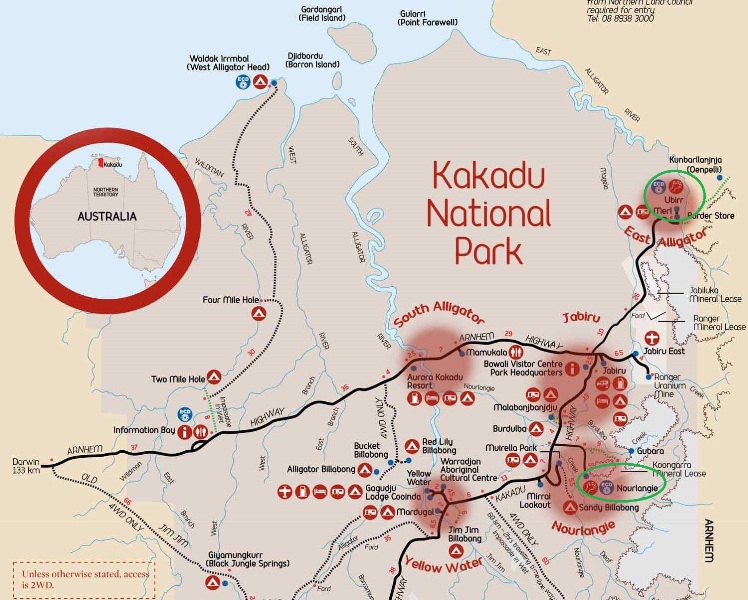 http://www.parksaustralia.gov.au/kakadu
http://www.parksaustralia.gov.au/kakadu


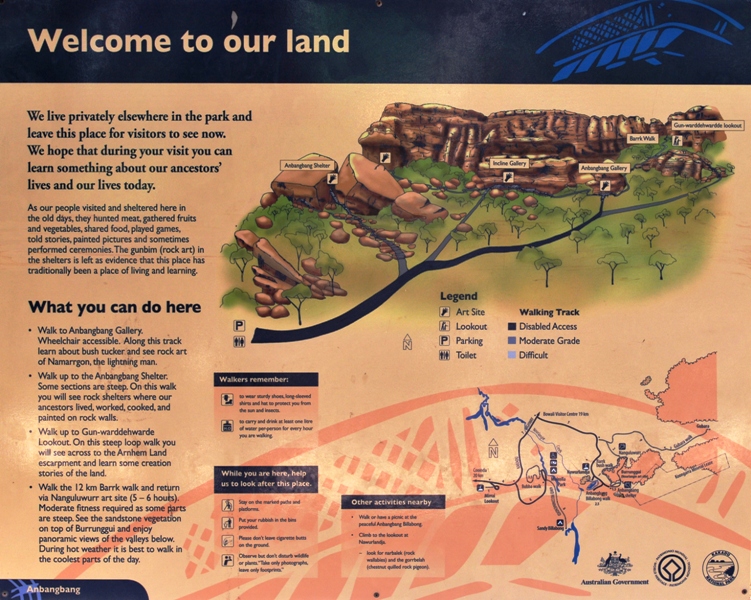
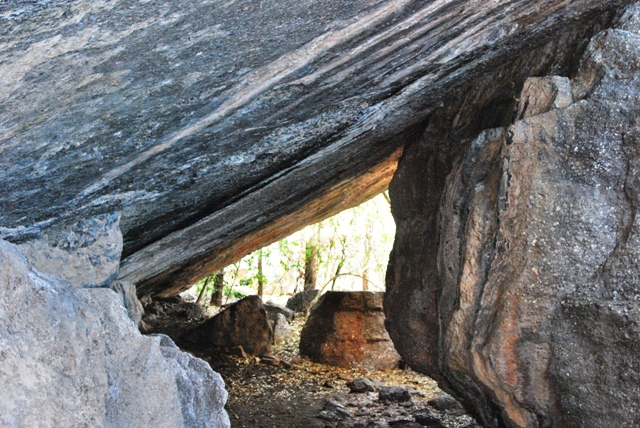
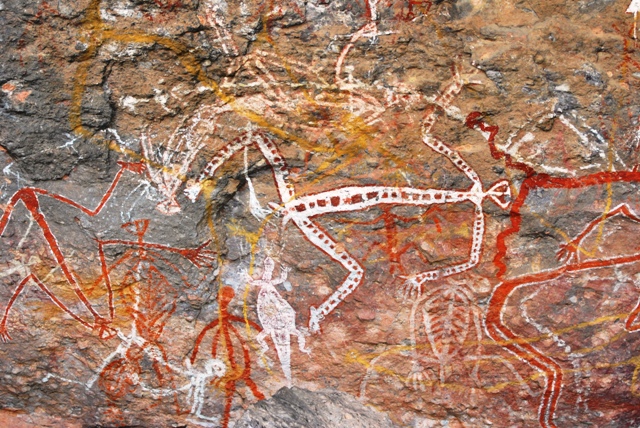
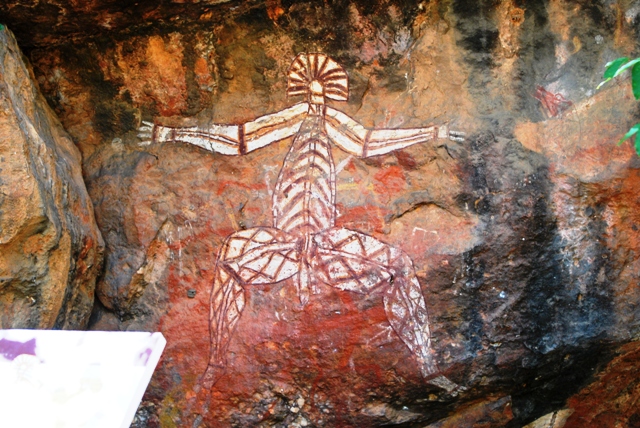
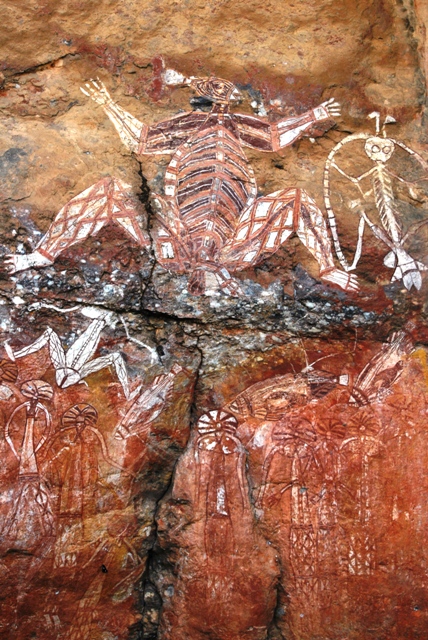
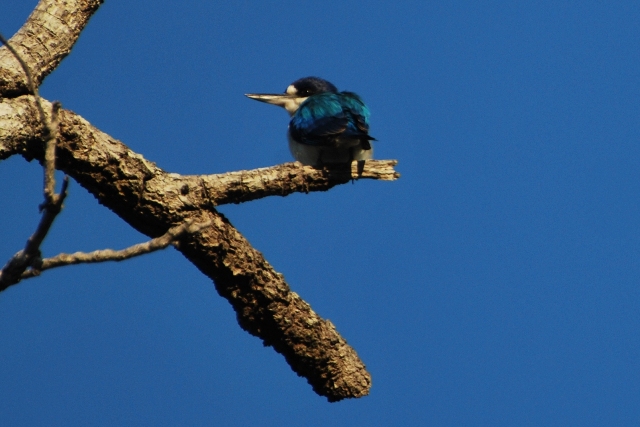 (43)
(43)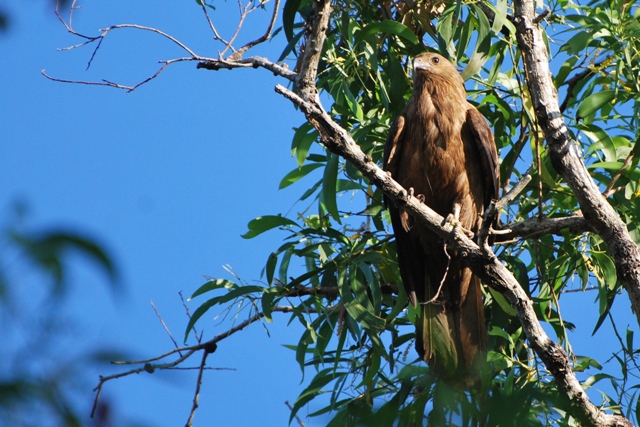
 (44)
(44)